Membranes play a crucial role in protecting buildings from water ingress and moisture damage. However, over time, these membranes can experience wear and tear or degradation due to various factors such as UV exposure, extreme temperatures, and physical wear and tear. Understanding the signs of membrane degradation is essential for property owners and facility managers to ensure the long-term effectiveness of their waterproofing systems. Identifying potential issues early can help prevent costly repairs and maintain the integrity of your structure. In this blog, we will explore the common indicators of membrane degradation and the importance of regular inspections to safeguard your investment against water damage.
Key Indicators of a failed membrane:
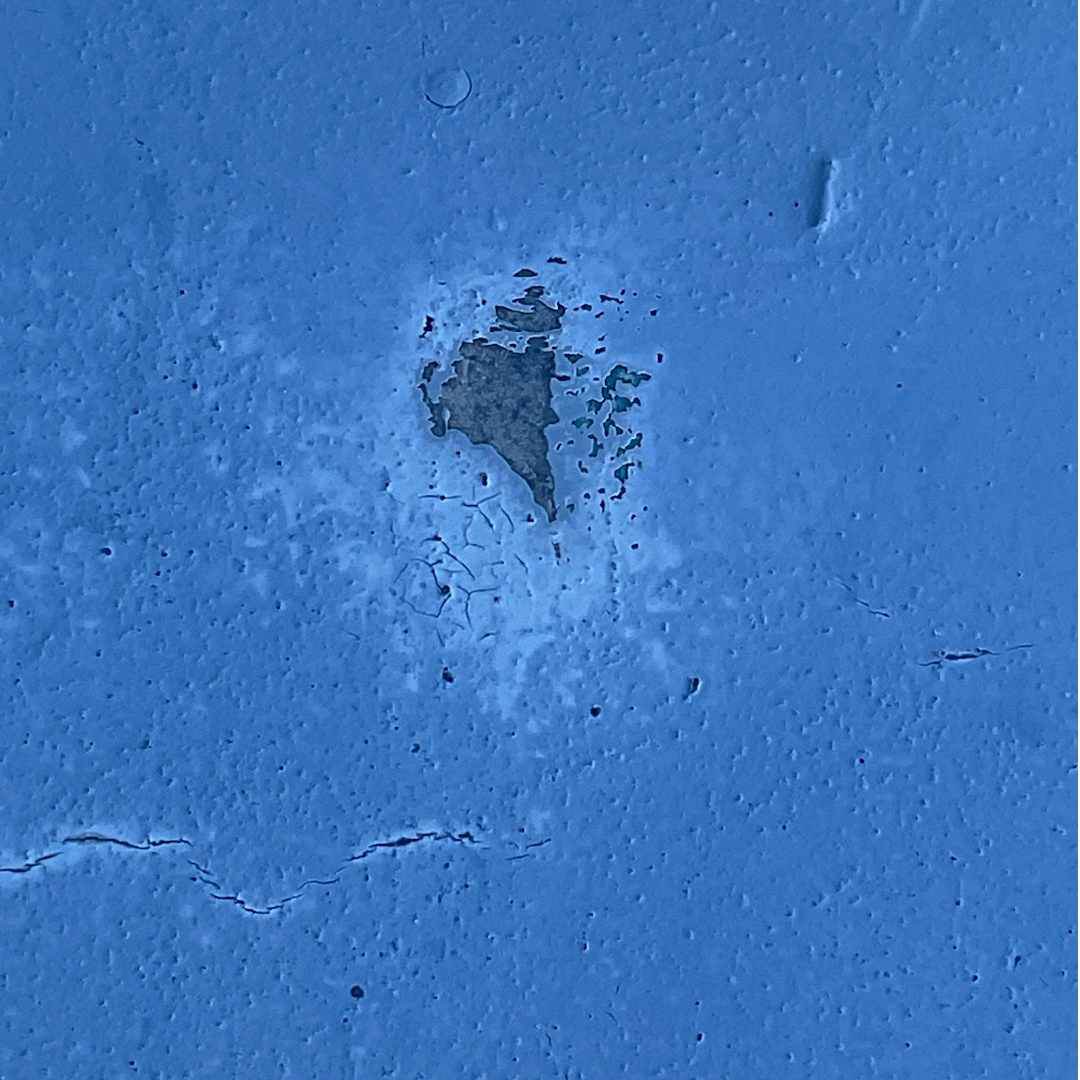
Surface Erosion
Gradual wear of the membrane’s top layer, leading to a rough appearance.
Caused by prolonged UV exposure, weathering, or heavy foot traffic.
Reduces protective capabilities, increasing the risk of water infiltration.
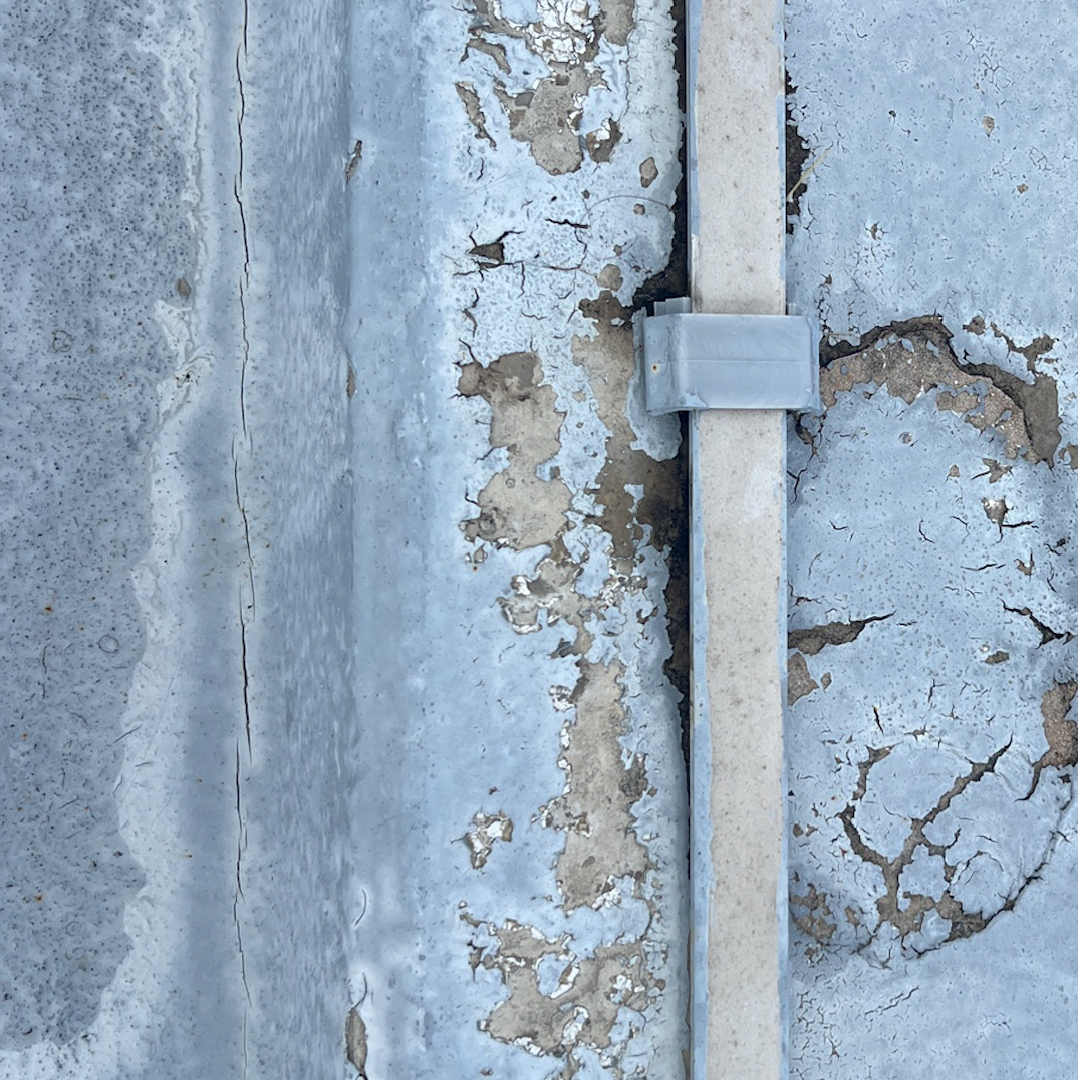
Peeling
Lifting or separation of the membrane from the surface.
Often due to inadequate surface preparation or trapped moisture.
Creates potential entry points for water, jeopardizing waterproofing.
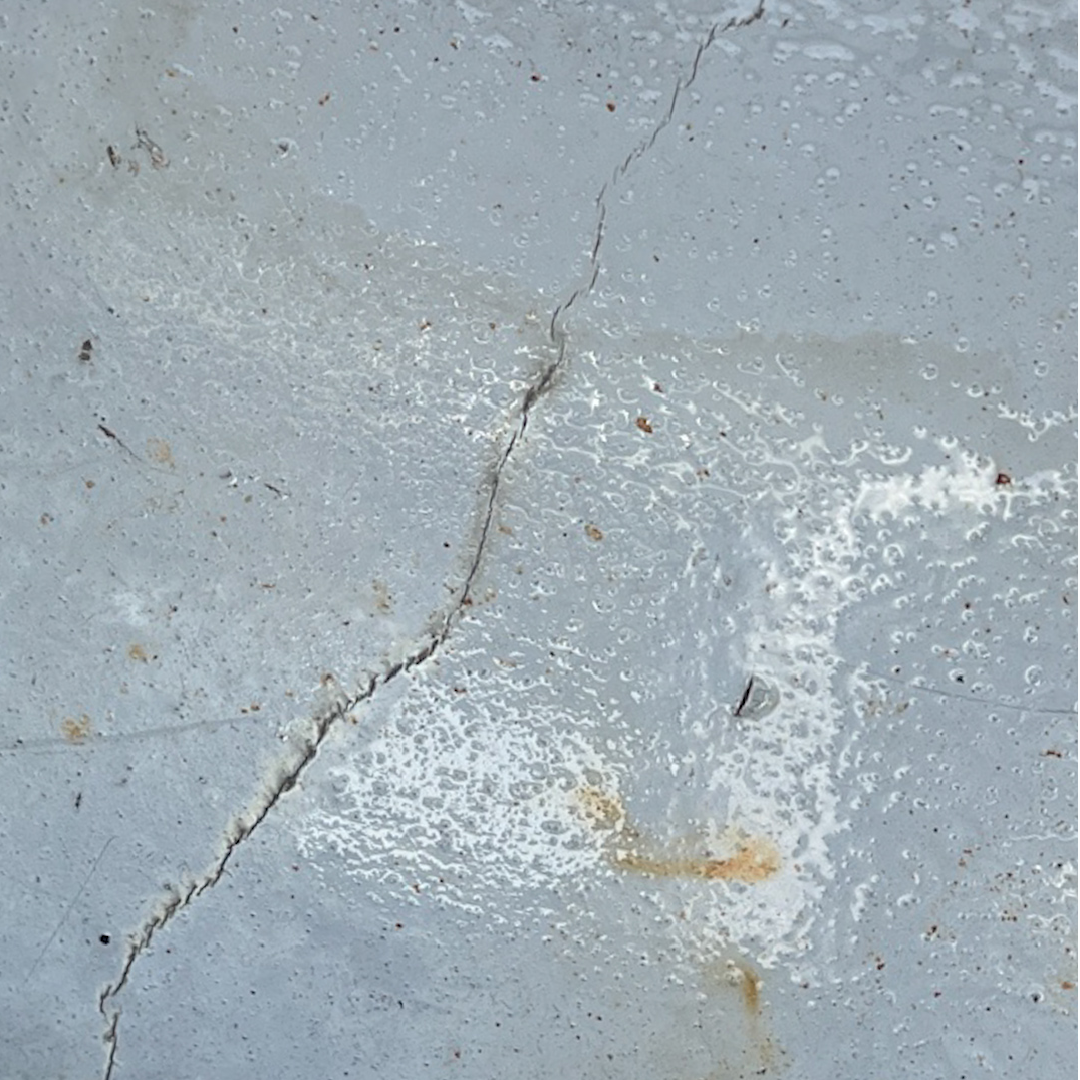
Cracking & Splitting
Fine lines or larger fissures on the membrane surface.
Result of extreme temperature fluctuations or structural movement.
Allows water penetration, leading to leaks and damage.
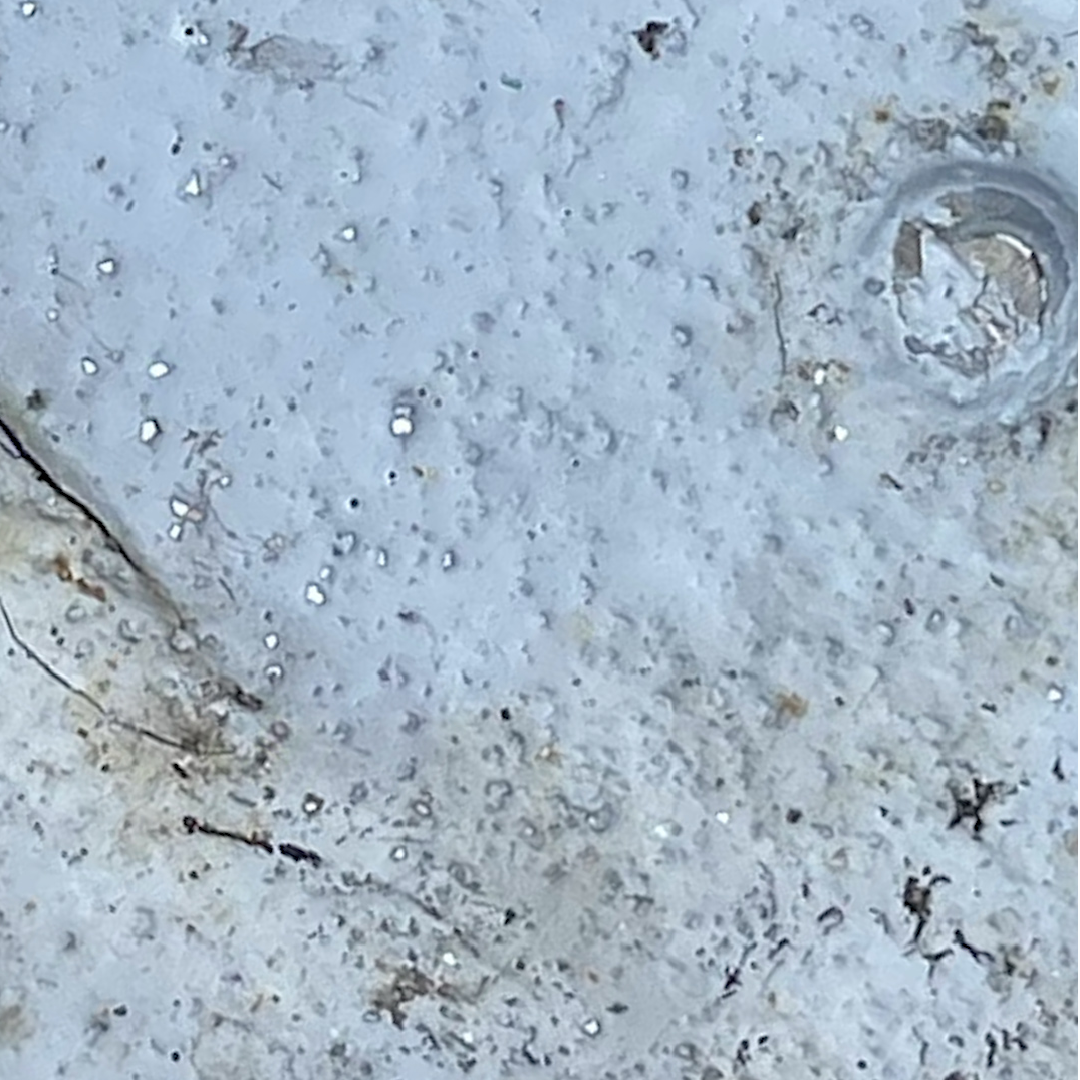
Uneven Surface
Wavy, bulging, or sagging areas on the membrane.
Caused by moisture accumulation or improper installation.
Can lead to water pooling, heightening the risk of leaks.
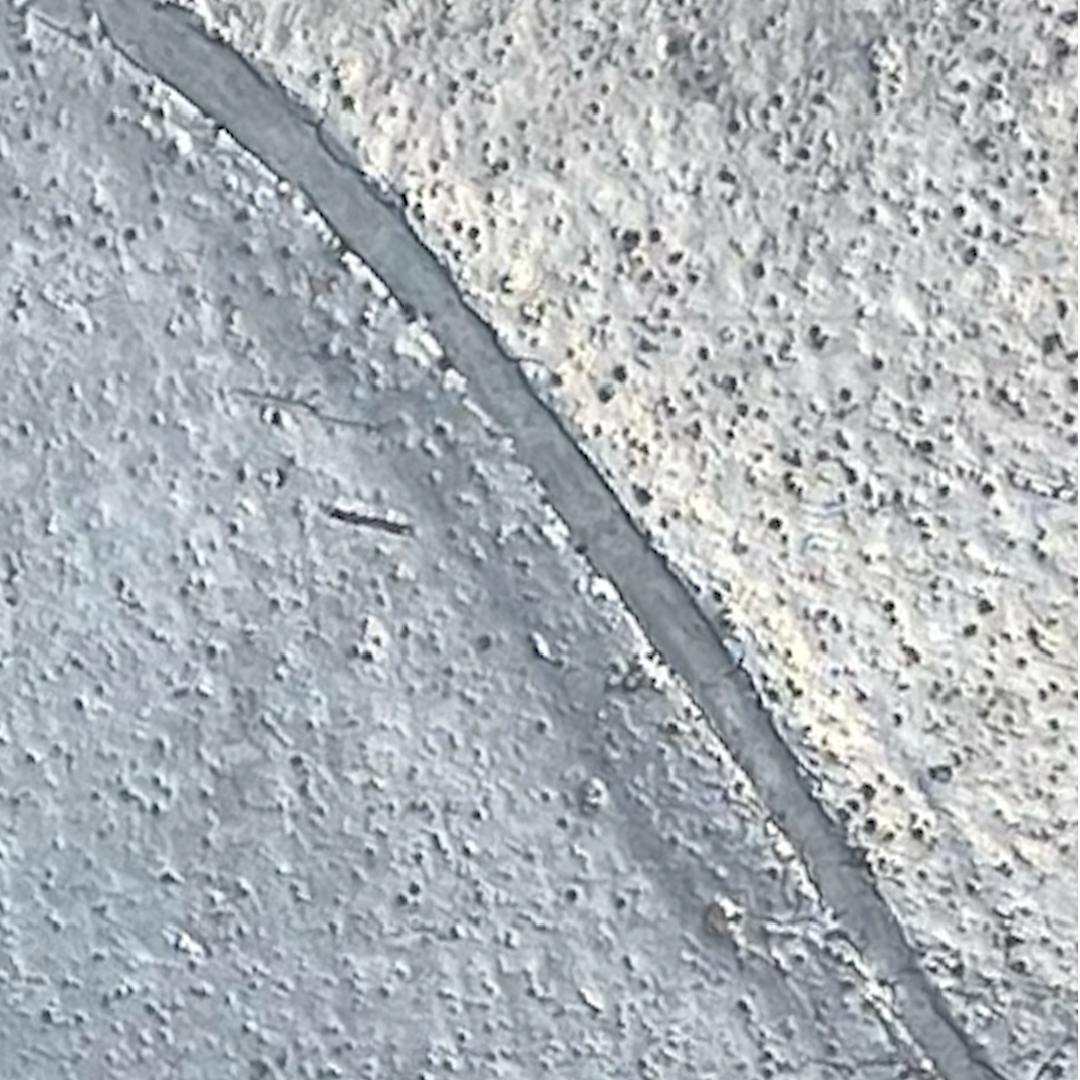
Buckling
Raised areas or folds in the membrane.
Caused by thermal expansion or trapped moisture.
Increases stress on the membrane, potentially leading to cracks and water intrusion.
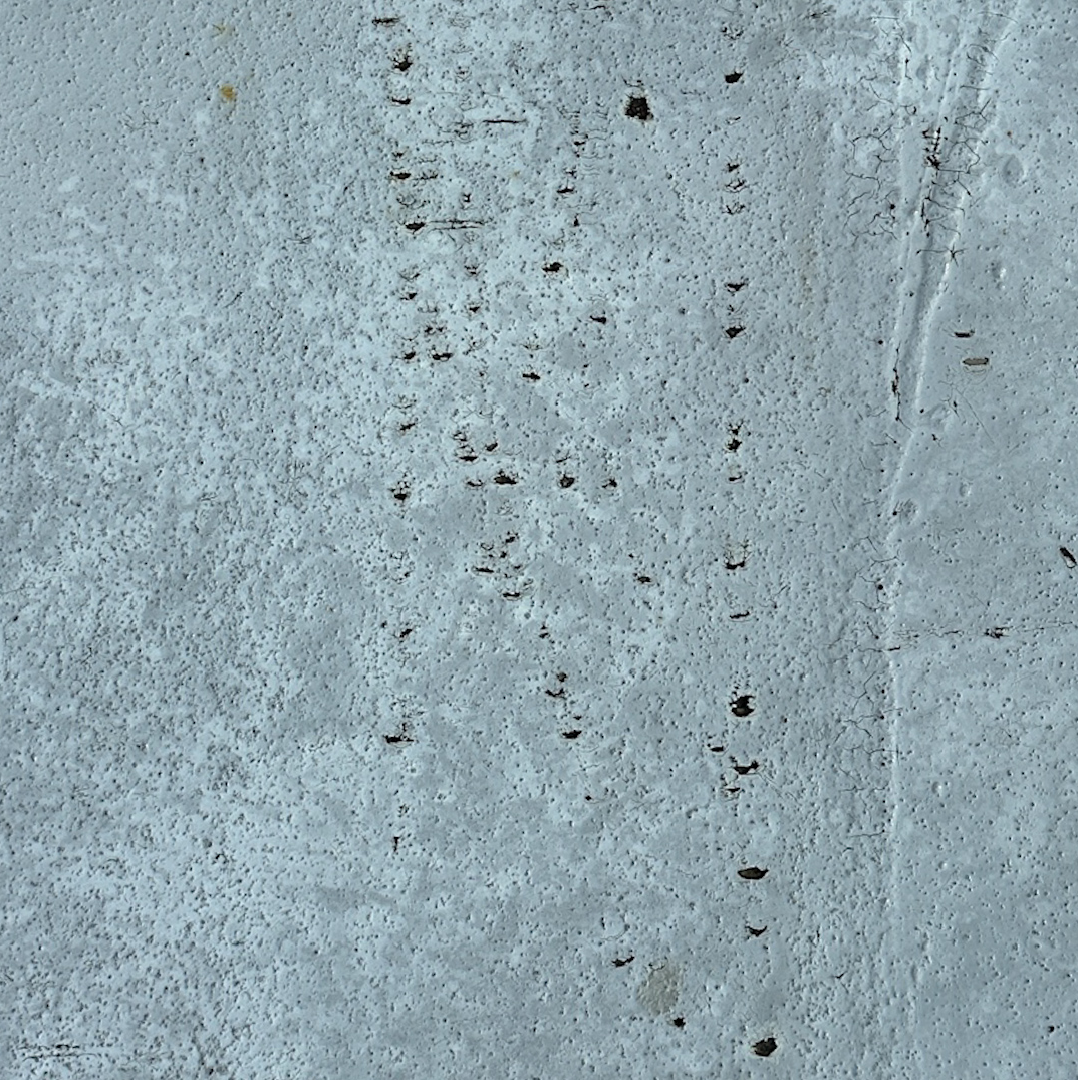
Track Marks
Visible lines or impressions from heavy foot traffic or equipment.
Result from excessive weight or dragging tools across the surface.
May compromise effectiveness.
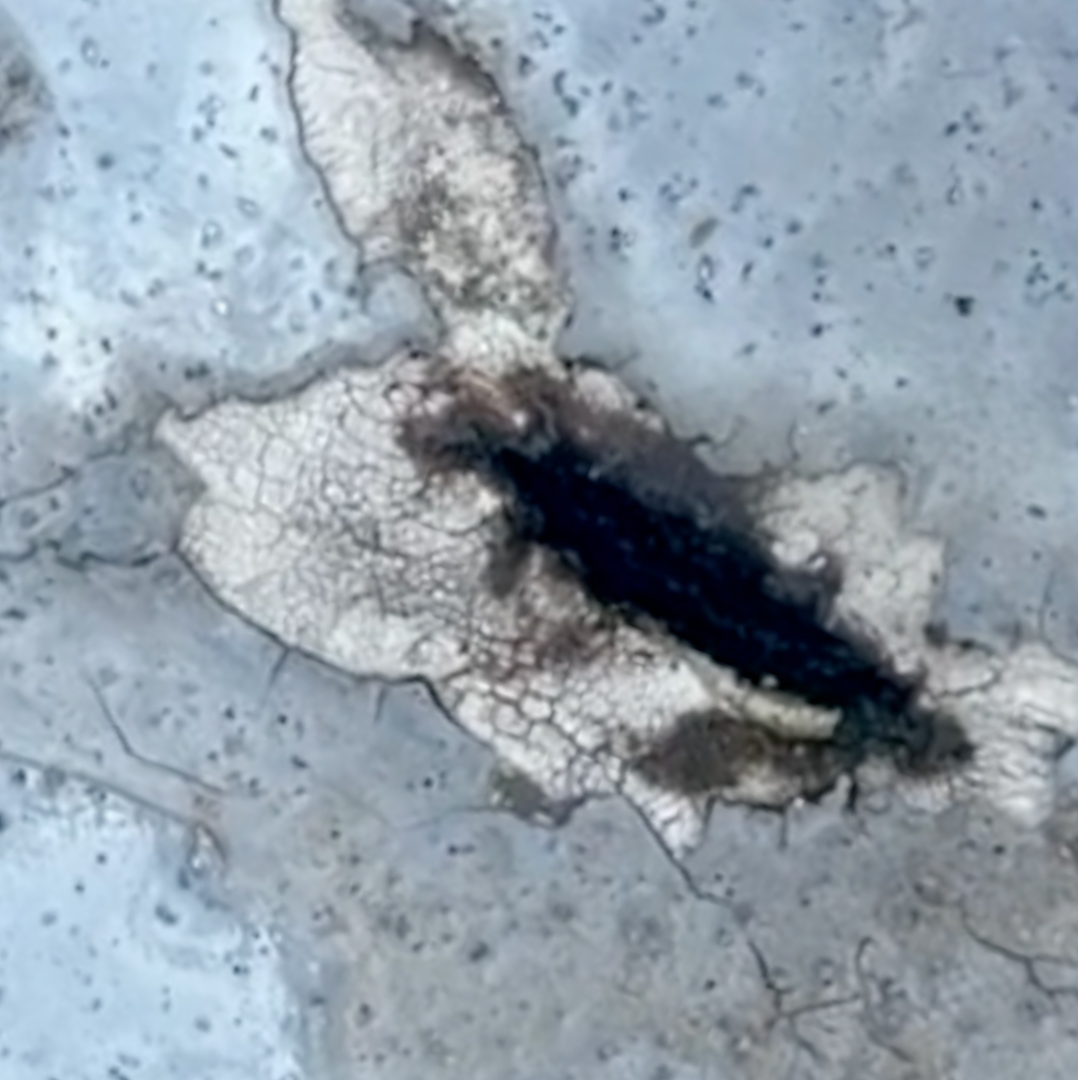
Punctures
Holes or tears in the membrane.
Caused by sharp objects or heavy impacts.
Compromise waterproofing, increasing the risk of leaks.
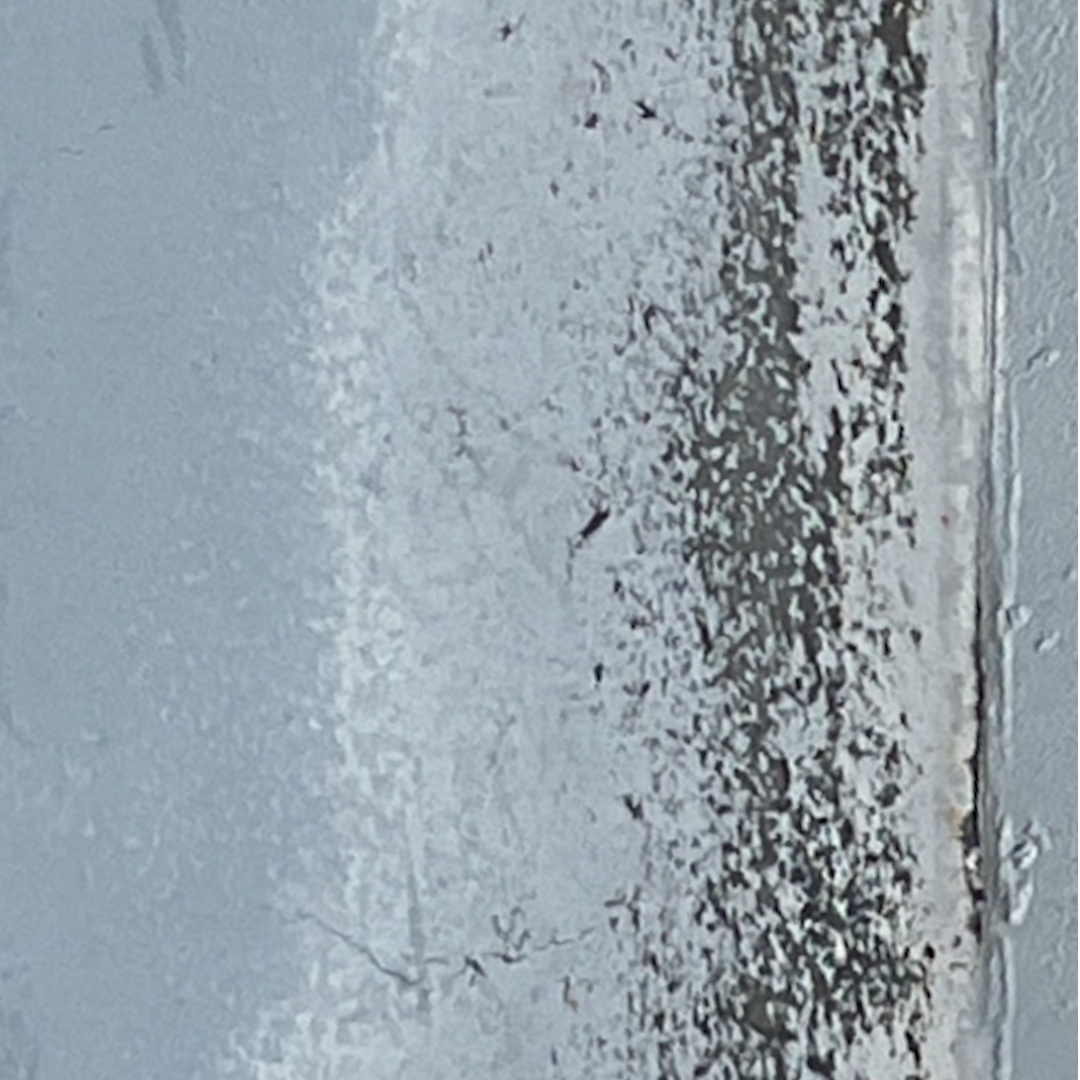
Mould & Mildew
Dark spots or patches on the membrane.
Caused by excess moisture and inadequate ventilation.
Can pose health risks and degrade the membrane.
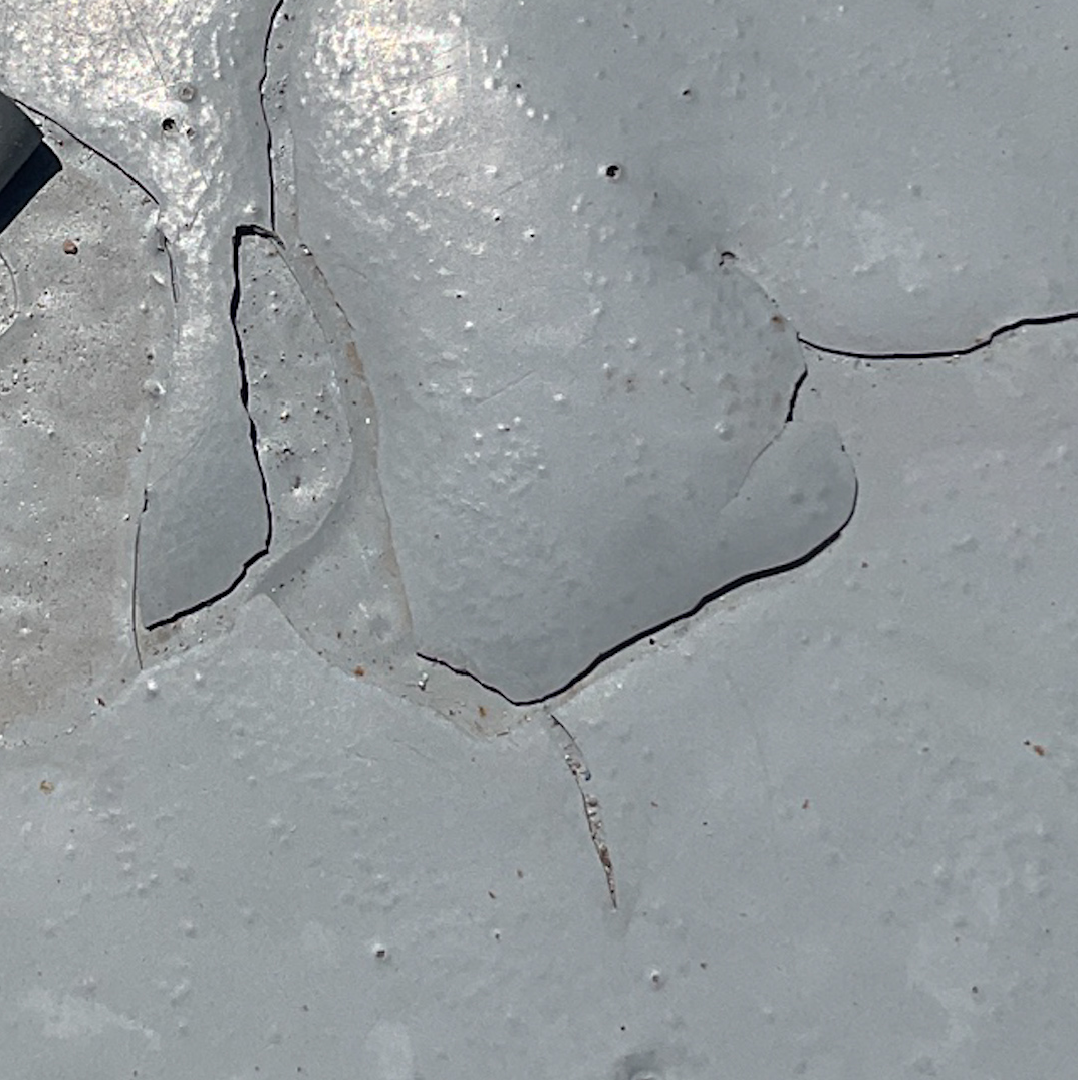
Blistering
Raised bubbles on the membrane surface.
Often results from trapped moisture or air during application.
Weakens the membrane’s integrity and can lead to leaks.
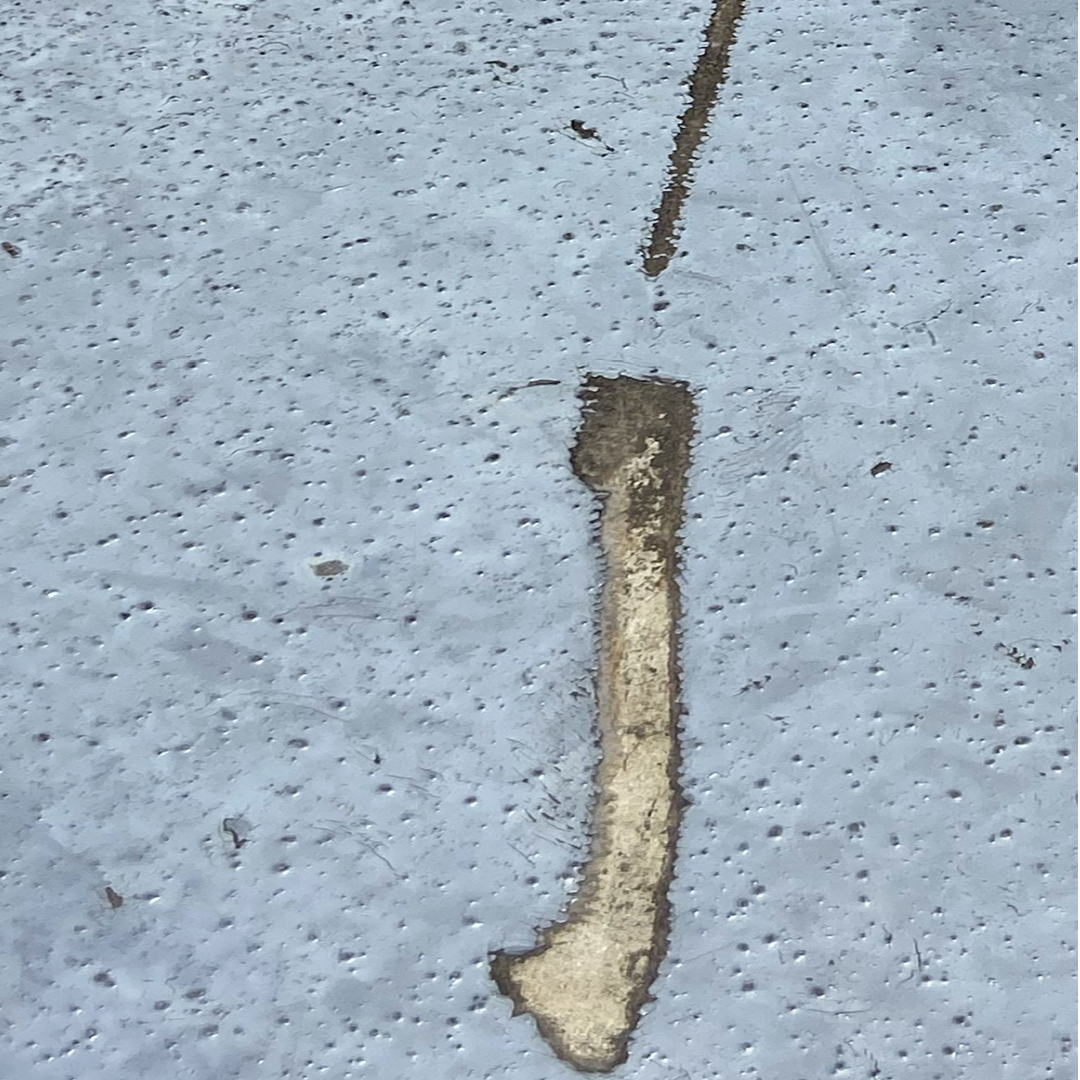
Scratches
Surface abrasions of varying depth on the membrane.
Caused by contact with sharp objects or debris.
Can expose underlying substrate to moisture, leading to further degradation.
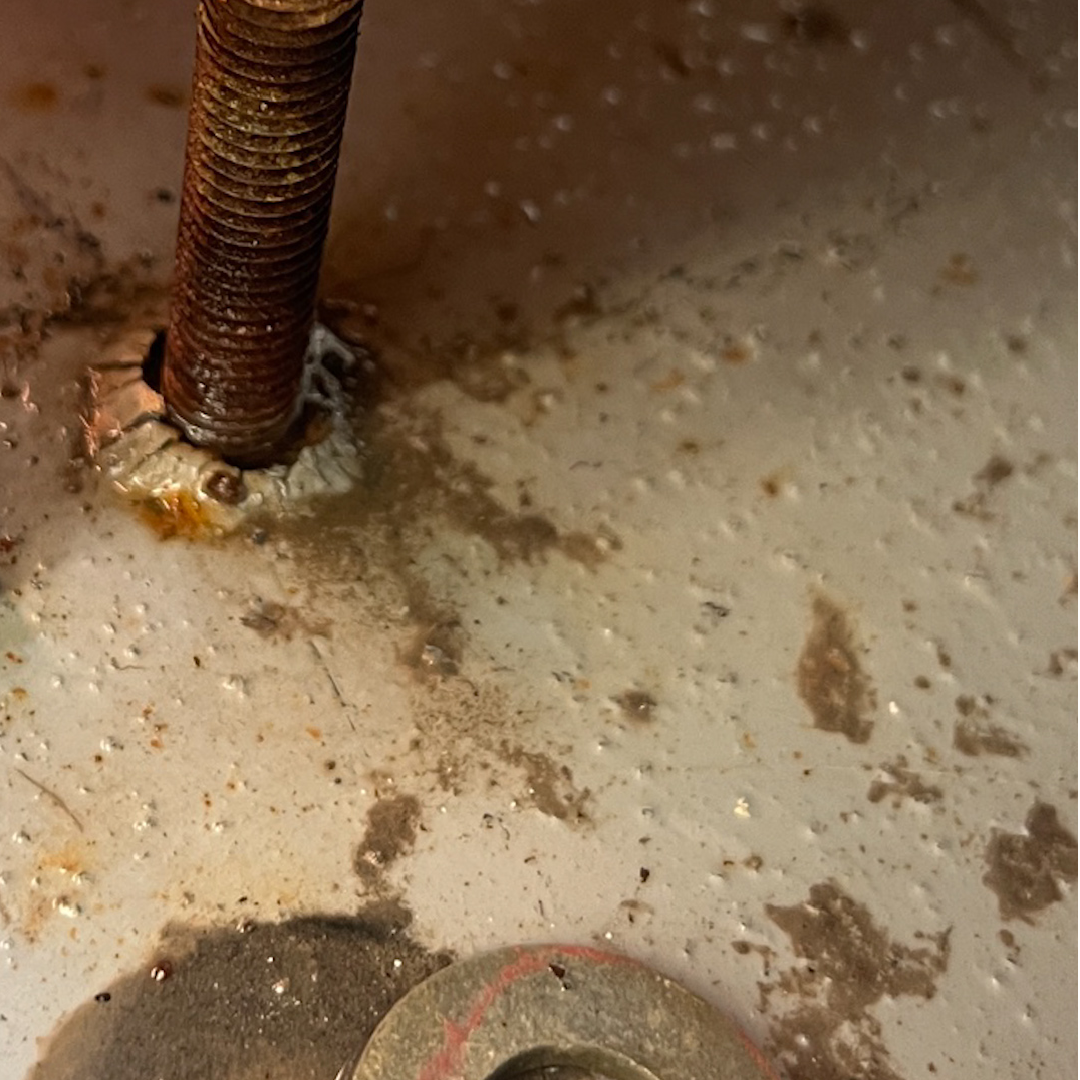
Rust Stains
Discolorations from corrosion of metal components.
Result from moisture exposure to rusting materials or inadequate drainage.
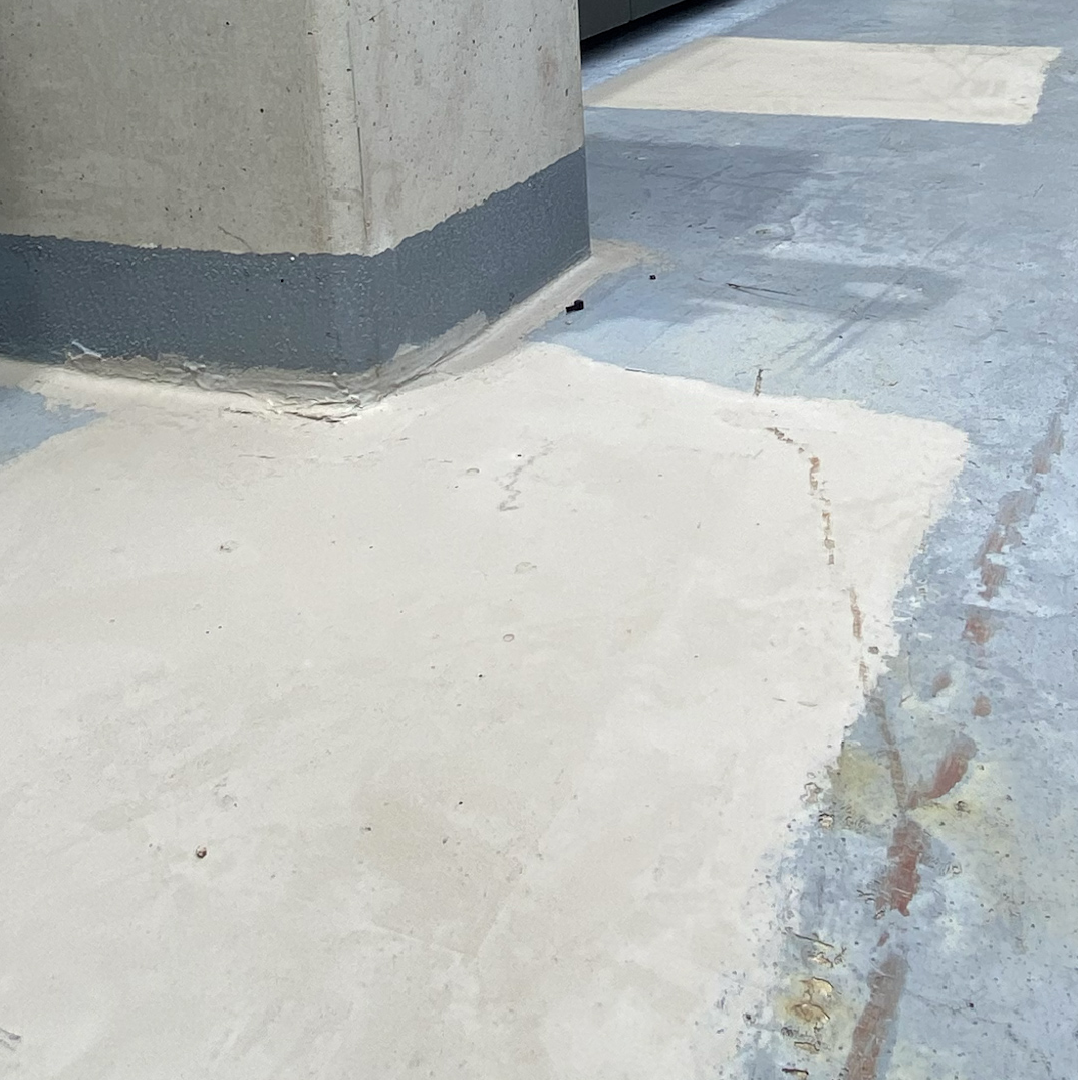
Bandaid Repairs
Temporary fixes covering leaks or damage without addressing the issue.
Arise from reactive maintenance practices.
Can lead to larger, more expensive problems.

Surface Erosion

Peeling

Cracking & Splitting

Uneven Surface

Buckling

Blistering

Punctures

Rust Stains

Mould & Mildew

Bandaid Repairs

Scratches

